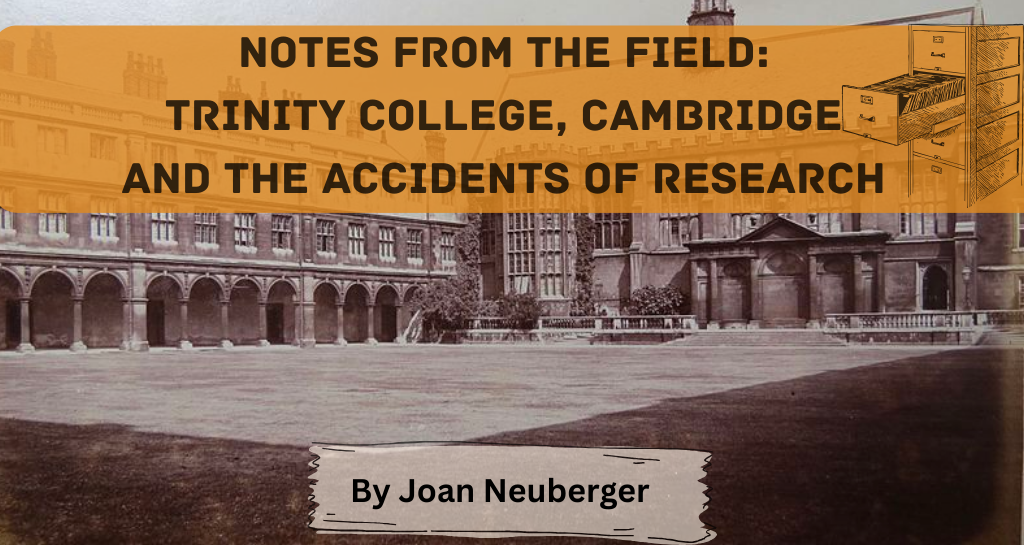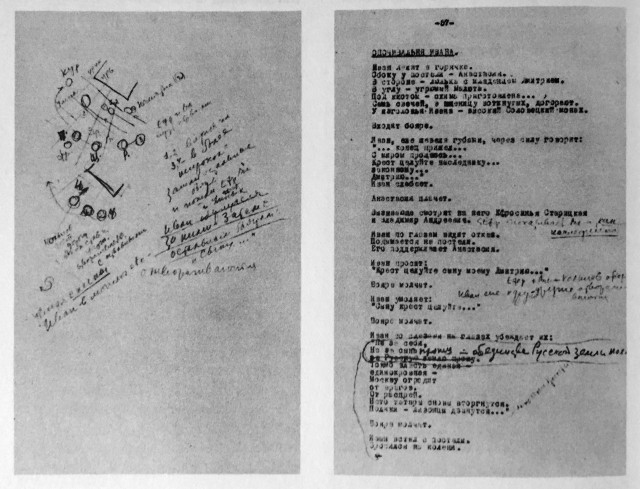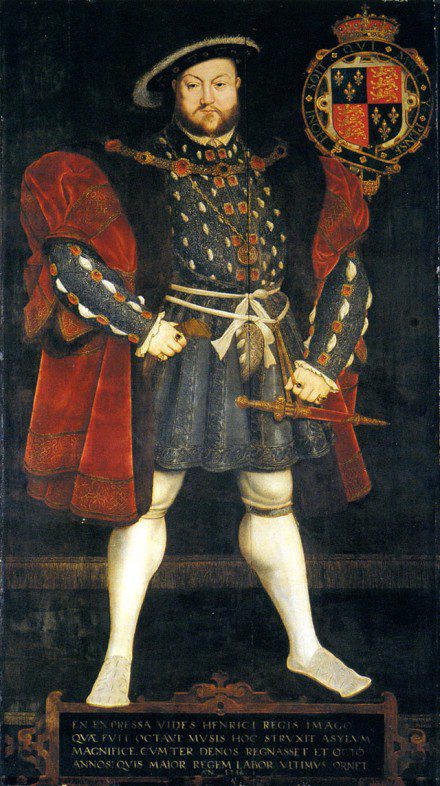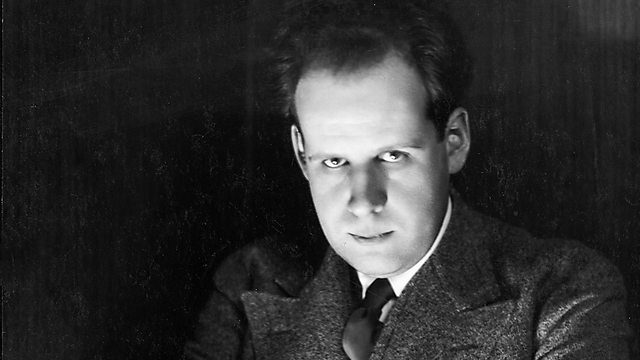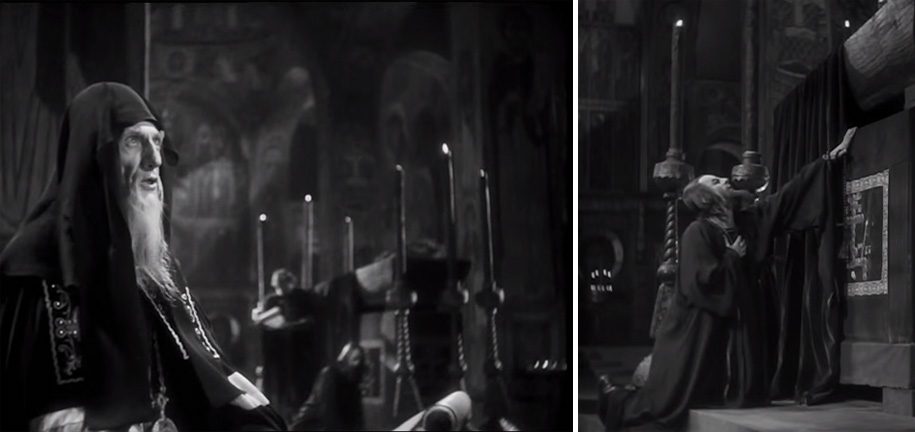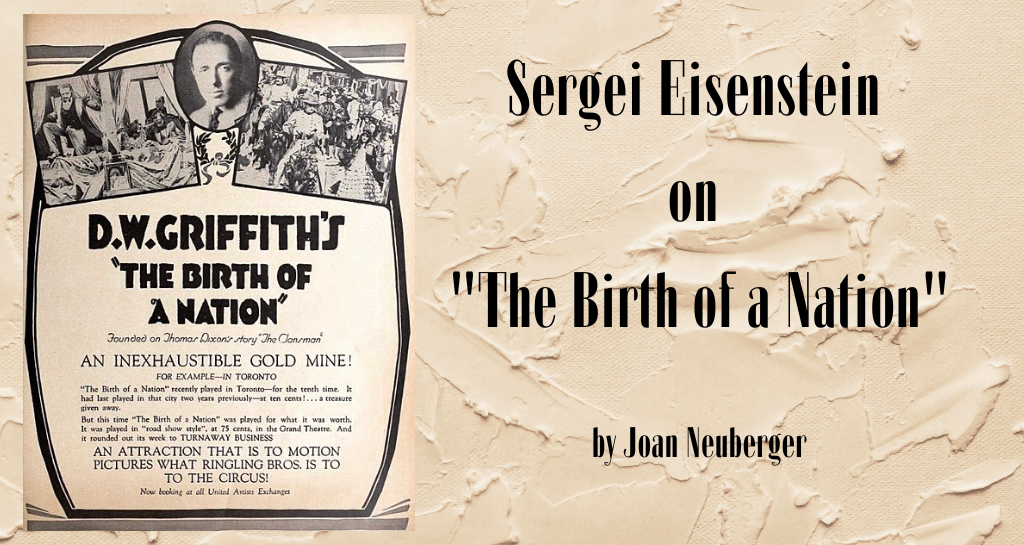
The great Soviet film pioneer Sergei Eisenstein (1898-1948) shared many of the Eurocentric views of his day, but throughout his career, he was outspoken in his opposition to racism. He was also a lifelong admirer of D.W. Griffith, another great innovator in the early period of cinema and the director of the notorious 1915 film “The Birth of a Nation”, which demonized African Americans and glorified the Ku Klux Klan.
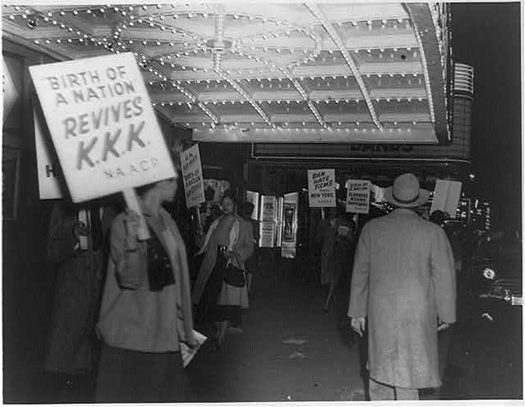
Griffith’s film was greeted with protests when it opened and again when it was revived for the 25th anniversary of its premiere. On that occasion, in 1940, Eisenstein explained what he thought of The Birth of a Nation. This letter was published in the English language journal, International Literature, in 1940 and in Russian the following year.


Sergei M. Eisenstein, “Dickens, Griffith, and Ourselves,” Selected Works: Writings, 1935-47, ed. Richard Taylor, transl. William Powell.
Janet Staiger, “Birth of a Nation: Reconsidering its Reception,” The Birth of a Nation: D.W.Griffith, Director, ed. Robert Lang (1994)
_______________________________________________________________________________________
The views and opinions expressed in this article or video are those of the individual author(s) or presenter(s) and do not necessarily reflect the policy or views of the editors at Not Even Past, the UT Department of History, the University of Texas at Austin, or the UT System Board of Regents. Not Even Past is an online public history magazine rather than a peer-reviewed academic journal. While we make efforts to ensure that factual information in articles was obtained from reliable sources, Not Even Past is not responsible for any errors or omissions.
